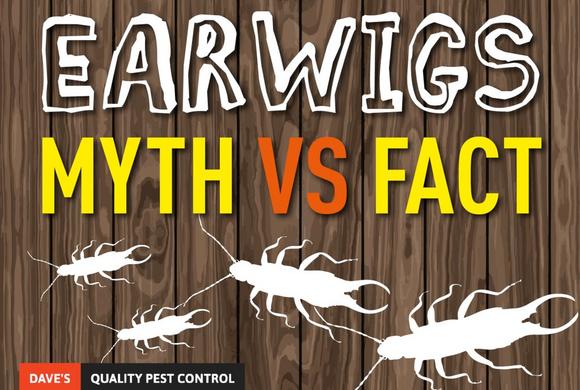More About Fleas
It is a common fallacy that all cats and dogs have fleas. Most of these animals can be kept free of fleas if basic hygienic practices are followed. Fleas are a common pest of many types of animals, including humans.
A female flea can lay 25 eggs per day, producing approximately 800 eggs in its life. Although fleas usually feed several times a day on animals, they can survive several weeks without a meal. Adult fleas usually leave the host after feeding; however, flea eggs, larvae or pupae may be found on pets.
The peak season for flea infestations outdoors in most parts of Canada is from early August to early October. In excessively dry, hot summers flea populations tend to decrease; fleas are unable to retain moisture and they dehydrate and die.
Only female fleas bite. The bites cause the formation of a small, hard, red, itchy spot on the skin. When the flea pierces the skin with its mouth-parts, it injects a salivary secretion to prevent its host's blood from clotting. The itchiness is due to a reaction of the body's immune system to substances in the salivary secretions. Reactions are specific to each individual; some may be more affected than others. To relieve the itchiness, apply ice cubes or calamine lotion to the bite.
Lifecycle of Fleas
Fleas have four stages of development: egg, larval, pupal and adult. The life cycle varies depending on the flea species, temperature, humidity and the availability of food. The optimum development period from egg to adult is two to three weeks; however, when conditions do not favor rapid development the cycle may take several months.
Egg Stage
After each blood meal, female fleas lay four to eight smooth, round, light-coloured, sticky eggs. Eggs laid on a host can easily fall or be brushed off. High concentrations are usually present in pet bedding, boxes or kennels.
Larval Stage
Eggs hatch into very small, hairy, worm-like larvae that are whitish with brownish heads. They are about 1.5 mm long and may grow to five mm. During this time they avoid light and are sensitive to changes in humidity and temperature. Flea larvae feed on organic debris, their own cast skins and on dried blood present in the excrement of adult fleas. They can survive for up to 200 days in unfavourable conditions and can travel distances of up to 30 cm per minute. They will coil around the nearest object, often carpet fibres, in order to avoid the suction of a vacuum.
Pupal Stage
In the third stage of development, flea larvae spin silken cocoons covered with particles of dust, fibres, sand and organic debris. Within this cocoon, they metamorphose in the shape of adult fleas. They are white in colour at the onset and change to brown before emerging.
Adult Stage
Adult fleas are small, dark brown or reddish brown insects ranging in length from 1 to 4 mm. Their bodies are flattened from side to side allowing them to move easily through hair or fur. Although they are wingless, their stout hind legs are well adapted for jumping. Fleas can jump a maximum distance of 20 cm vertically and 41 cm horizontally. Their comb-like, spiny legs make it difficult to detach fleas from a host. Adult fleas may remain in the pupal chamber for several months until favourable conditions, such as increased temperature and carbon dioxide concentrations, favour their emergence. Vibrations indicating the presence of a host also stimulate their emergence. This explains why fleas in unoccupied homes become active as soon as humans or pets re-enter.

